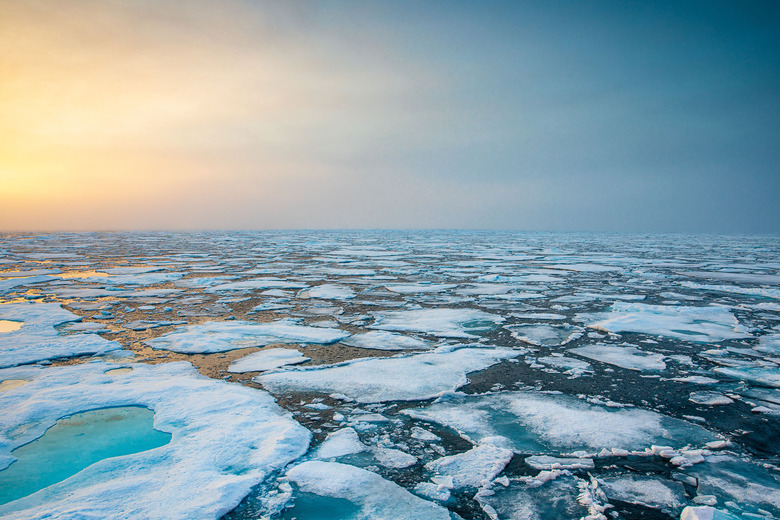'Finger Of Death' Is A Bizarre Ocean Phenomenon That Kills Whatever It Touches
Brinicles are a combination of brine and icicles that grow underneath ice shelves in the ocean. While they're technically just a sliver of super-cooled ice that grows downwards, brinicles have also earned a much more nefarious name: the finger of death. The reason that many have started to refer to these ocean phenomena as fingers of death is because of how cold they are. They're so cold, in fact, that touching them means death for almost anything.
Despite the deadly circumstances surrounding these ocean phenomena, scientists have just now begun to really understand them. In fact, we first recorded them in 2011, despite first discovering their existence back in the 1960s. And even then, what we know about these living icicles is incredibly limited.
The finger of death does seem to grow extremely quickly, though, with most growing up to several meters a day. Once they hit the bottom of the ocean, they quickly spread out and become a sheet of ice, killing anything that they come into contact with. This is where creatures like starfish really start to find themselves in danger. That's because if they're caught in the brinicle, they freeze almost instantly.
These strange living icicles are exceptionally intriguing because of how they grow. The concentrated and briny water around them is cold enough to freeze the water as it sinks, which is how they grow. However, the inside of the tub remains a liquid, which has caused some scratching of heads as scientists try to understand this ocean phenomenon a bit better.
But it isn't really surprising to see something in the ocean that doesn't make much sense to us. The ocean has continued to surprise us with new species of creatures we can't comprehend—like strange giant blobs. Luckily, while the finger of death is extremely deadly, the amount of creatures it kills is also extremely localized, making it dangerous to those animals, but not dangerous enough to cause issues within the wider ecosystem.
